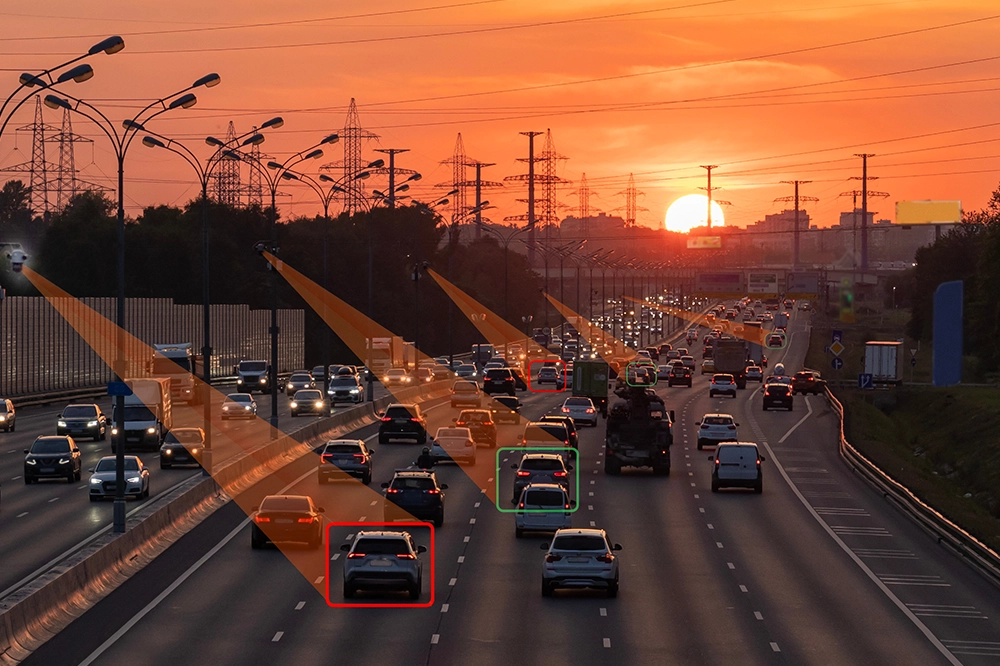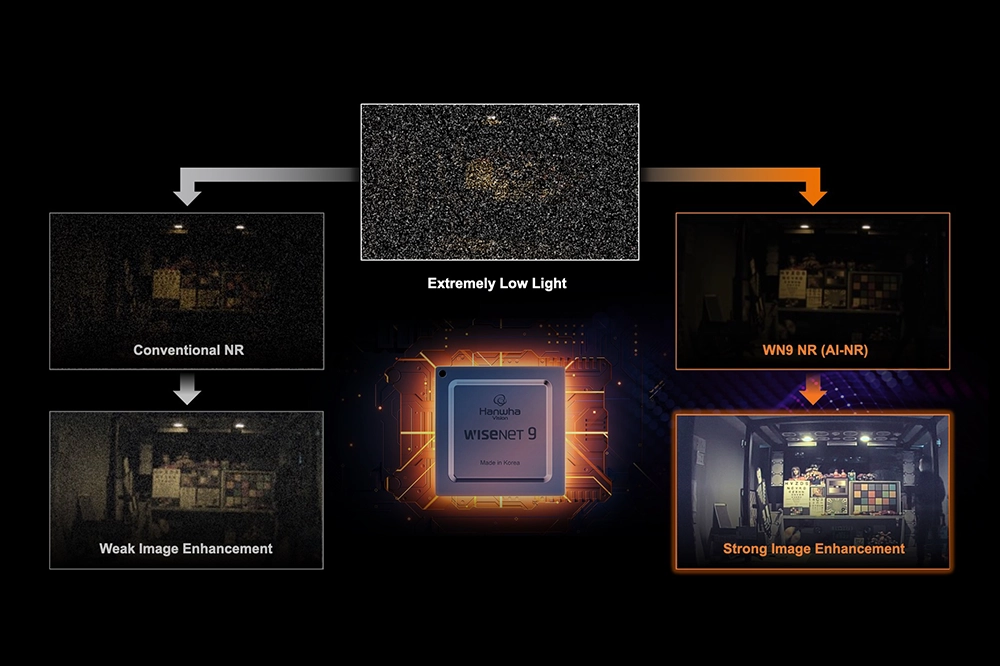Inside the AI video surveillance evolution

When the average person thinks of AI, the first thing that likely comes to their mind is large language models, AI art, and other types of generative AI. This advanced technology, however, has more contemporary applications than one might suspect. In video surveillance, for instance, AI can be applied to provide more holistic and effective security solutions. The global video surveillance market is growing, too, with estimates stating that the increase will be from $19.1 billion in 2018 to $33.6 billion by 2026. As such, the demand for advanced technology — like AI — being used to meet new security needs is rapidly increasing. With data being incorporated into modern surveillance, AI is playing a more critical role in video surveillance technology.
Owing to the growing role of AI in video surveillance, system-on-a-chip (SoC) technology is gaining more influence. The innovation of embedding an entire system on a single chip addresses limitations of analog image processing, allowing for enhanced performance. As SoCs evolve, security cameras are able to perform additional AI-based functions that make video surveillance even easier and more effective.

Intelligent tech for more secure solutions
Up until now, technical limitations in video surveillance systems have led to a number of common challenges for companies operating these systems. These issues are especially apparent in multi-site surveillance systems and include inconsistent surveillance standards across locations, cost-prohibitive on-site storage and infrastructure, inefficient data management and retrieval, scalability issues, and delayed responses to security issues.
Delayed responses can be a major issue, as situational factors may prevent on-site personnel from monitoring footage in real time. If, for instance, there is a slip-and-fall accident that occurs, lapsed manual monitoring could lead to a slight delay at a time in which every second counts. Plus, the simple fact of physical distance between sites can serve as an obstacle to response teams addressing threats before they escalate.
To solve these challenges, AI is being applied to a wide variety of video surveillance functions, such as facial recognition, automatic number plate recognition (ANPR), movement and non-movement detection, people counting, and heat mapping. With these features, anomalies can be detected and reported within seconds, so in busy places like airports, academic campuses, retail spaces, event spaces, and tourist hotspots, fewer cameras are required to cover large amounts of space and subjects in crowds. AI-based cameras also reduce the fatigue that comes with extended observation of such sites, improving results.
AI provides additional benefits to surveillance situations that don’t pertain to immediate threat detection, such as monitoring patient and guest flow in and out of hospitals. In situations like this, AI can accurately detect crowd levels and provide alerts to assist in crowd control. It can also ensure that pandemic needs are met by monitoring temperatures and social distancing adherence, that parking lots are managed by checking whether parking fees have been paid, and that road conditions are suitable for driving by monitoring damage and drivability.
Additionally, enhanced analytics lead to substantially reduced levels of bandwidth on account of operating on the edge of the network. Only critical images are sent to the control and monitoring station at the center of the network, so overall monitoring is more efficient. Historically, cameras as small as the ones used for public surveillance have not been capable of these advanced features, but there is one specific technology that has opened up these possibilities: SoCs.

More comprehensive surveillance solutions with SoC technology
Generally speaking, SoCs are portable, cost-efficient, and possess advanced components and technical capabilities, including but not limited to multiple cores, wireless capabilities, and signal processing. By including all of this on a single chip, SoCs have bred the rise of portable technologies, like smart phones.
SoCs are often applied in individualized tasks, and these days they are being applied to enhanced machine learning, advanced AI capabilities, and high-performance cloud computing with faster data processing. Additionally, many companies are investing in developing their own custom SoCs to support their specific advanced data and signal processing needs.
Hanwha Vision’s Wisenet 9, an SoC released in April 2025, utilizes two neural processing units (NPUs) in noise reduction and advanced AI analytics. By integrating AI-based noise reduction (AI-NR) directly into the existing noise reduction pipeline within its image signal processing (ISP) techniques, conventional NR techniques are enhanced and optimized, yielding a significant and comprehensive improvement in image quality across various challenging scenarios.
By developing Wisenet 9 in-house, Hanwha Vision was able to tailor it to perform these specific functions, which will power its 2nd generation P and X series cameras, as well as its specialized T series cameras.
Hanwha Vision’s Wisenet 9 is an SoC processor built on 20 years of innovation that serves as a next-generation video surveillance solution. As an innovator in precise and intelligent systems, Hanwha Vision is powering global industries and enhancing everyday living with unmatched accuracy and transformative solutions.

Image enhancement in extremely low light using AI-based noise reduction, a feature supported by Wisenet 9 (Source: Hanwha Vision)
Get the latest news about Hanwha, right in your inbox.
Fields marked with * are mandatory.
- Non-employee
- Employee





